Learning guitar chords may seem like a no-brainer for a guitar player. You may be saying, “Of course this is important.” Or maybe you just want to shred like I did when I first started playing. It is great to walk before you run, and learning chords helps you walk well.
We are going to dive into the importance of growing your knowledge of guitar chords because it can help with both your improvisation and your overall musicality on the guitar. So let’s do a quick summary of what we’ll be discussing.
Chords are a crucial part of learning to play the guitar. They not only provide rhythm to musical compositions but also serve as a gateway to understanding song structure, music theory, and developing finger strength and flexibility. Additionally, mastering chords enhances versatility as a player.
There are hundreds of variations of guitar chords, but don’t let that scare you away. If anything, it should embolden you and help you understand how even the most basic of chord progressions can be made into something fairly original and fresh.
12 Reasons Why Learning Chords on Guitar Is Important And Useful
1) To Understand Song Structure and Songwriting
![My Songwriting Book - Why Is It Important To Learn Chords on Guitar [SIMPLE]](https://travelingguitarist.com/wp-content/uploads/2022/03/My-Songwriting-Book-Why-Is-It-Important-To-Learn-Chords-on-Guitar-SIMPLE.jpg)
Every song has a structure, whether the artist who made thinks so or not (more on that in my songwriting tips article). The great news is many of the most popular songs we hear today are similar to others that have been made in the past.
Sometimes for better or worse. One benefit to learning guitar chords and their relationship in a particular scale is that when you understand how they work, they lead to a better understanding of how songs are written. This can lead to inspiration for your own ideas.
Additionally, it’s worthy of note that many chord progressions are written in a way where the chords have been outlined by an instrument and vocalist, but they haven’t been played directly.
In other words, you don’t necessarily have to play the chords exactly as chords, ie, in harmony with each other, or including every note that it’s typically made from. You could just play one note of each chord, and then have a vocalist sing the other chord tones.
There are many possibilities to work with, and a big part of learning to use this stuff is just through experimentation and practicing them every day.
2) You’ll Know How To Replicate Your Favorite Songs and Ideas
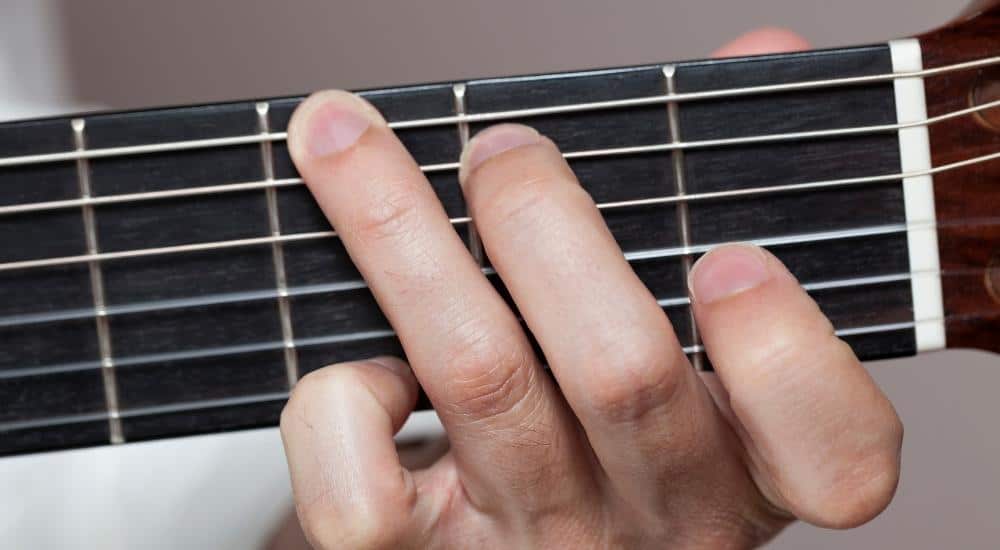
When most of us are at the beginner stage of guitar playing, we tend to search for how a song is played. Most of the time, beginners use capos so they can continue using familiar chord shapes. Usually, a G as the root chord or a C shape is our first chord.
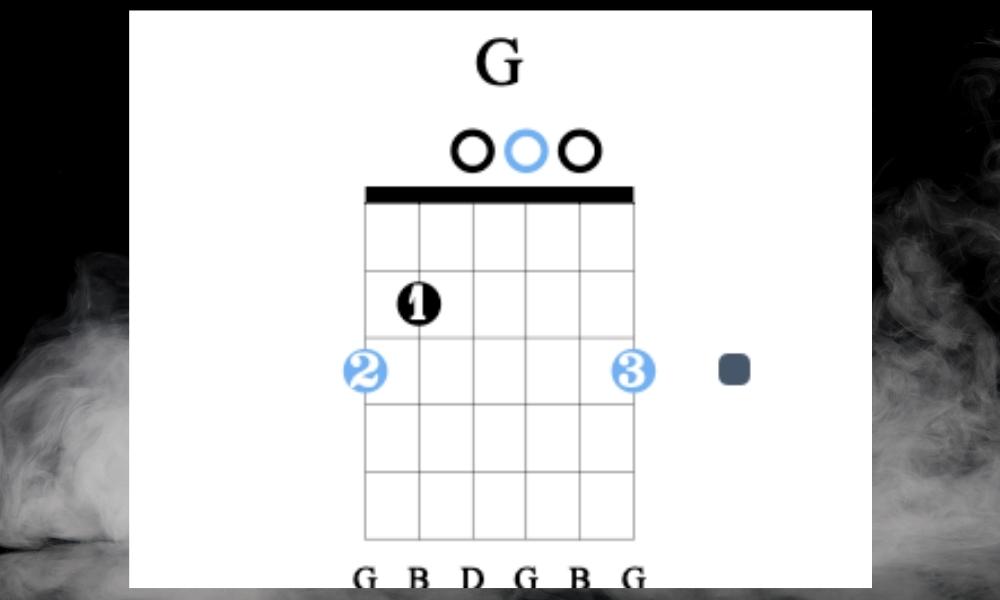
But, songs, and more importantly, harmony are much more complex than our typical G-shaped, capo 2, song forms we search for on the internet.
If you learn the chords of the song as they relate to a particular scale, you can take these chord structures and apply them to your songs and ideas.
In other words, you could take the same scale degrees, change them to minor instead, and maybe add some kind of inversion or extended chord for an entirely new creation. This leads to my next point…
3) It’s A Good Starting Place For Creation
![Mark Sarnecki's Complete Elementary Rudiments - Why Do Some Pianos Start With A C and Not an A [ANSWERED]](https://producersociety.com/wp-content/uploads/2022/03/Mark-Sarneckis-Complete-Elementary-Rudiments-Why-Do-Some-Pianos-Start-With-A-C-and-Not-an-A-ANSWERED-1.jpg)
Now that you are inspired to add ideas from other songs because you know how chords work, you can take your favourite progression and start creating your next song or project using those ideas in mind.
If you love the sound of chords like A Minor – F Major – C Major – and G Major (vi – IV – i – V), which is one of the most common progressions, you can go ahead and use it yourself but in a slightly different way.
The great thing about this progression is that you can switch the chords around for different sounds and ideas. Start with a progression you like, then build off of that.
Change a chord or two to a minor 7 or major 7 instead, invert the root of one of the chords, or you could change the key completely for something new. Knowing and understanding chords give you a solid foundation to start from every single time.
By the way, an inversion is when you switch the root around in a chord to make a different sound, but you persist with the same tonal center.
Punkademic’s Music Theory Comprehensive Course via their All-Access Pass is also a great way to learn this stuff, in conjunction with the M. Sarnecki books that I mentioned earlier.
4) To Gain A Better Understanding Of Harmony And Why Things Sound The Way They Do
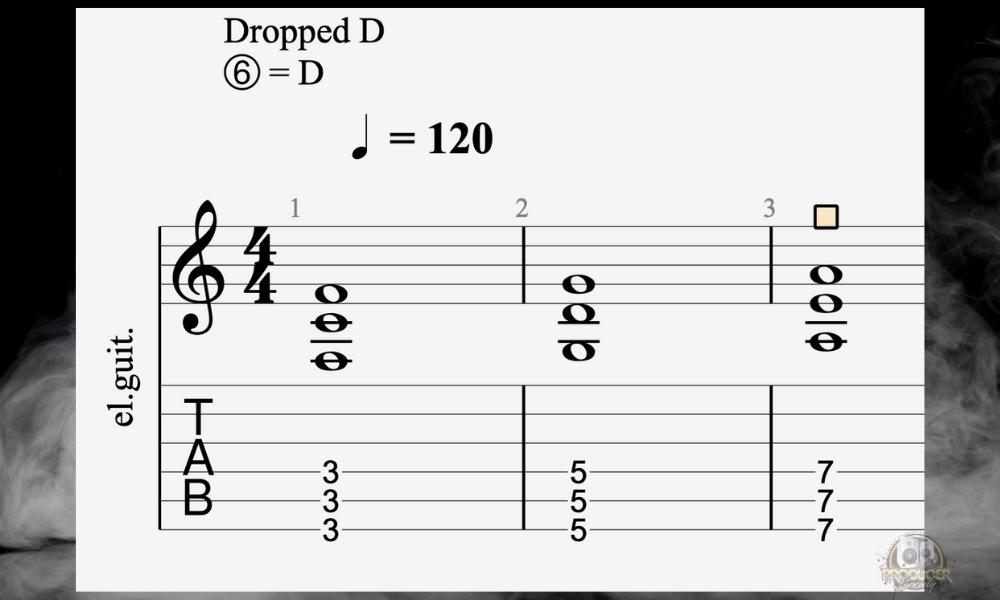
Chords are built upon intervals and an interval is the distance between two notes. Different intervals within chords shape the technical definition of a chord which ultimately changes how the chord sounds.
And the way a chord sounds changes how we perceive it. This is why understanding how chords work can be so powerful. The more you understand chord structure, the more you can understand the purpose of chords in songs.
For example, you can understand what role it’s actually performing. Is it a transition chord? Is it a chord that you can use to move into a new key? Is it a chord that works as a cadence (another way of saying that to end a musical phrase)?
The choice of a certain chord can change the entire dynamic or feeling of a moment in a song. Personally, I’m familiar with intervals, but I’m not at a point where I actively and continuously use them in my songwriting.
Basic Harmony teaches you all about this stuff, including concepts like tonics, sub-tonics, mediants, sub-mediants, dominant chords, sub-dominant chords, cadences, voice leading, parallel fifths, etc. Although, I must admit that I never went this far with harmony.
5) To Understand Chord Tones And Apply Them
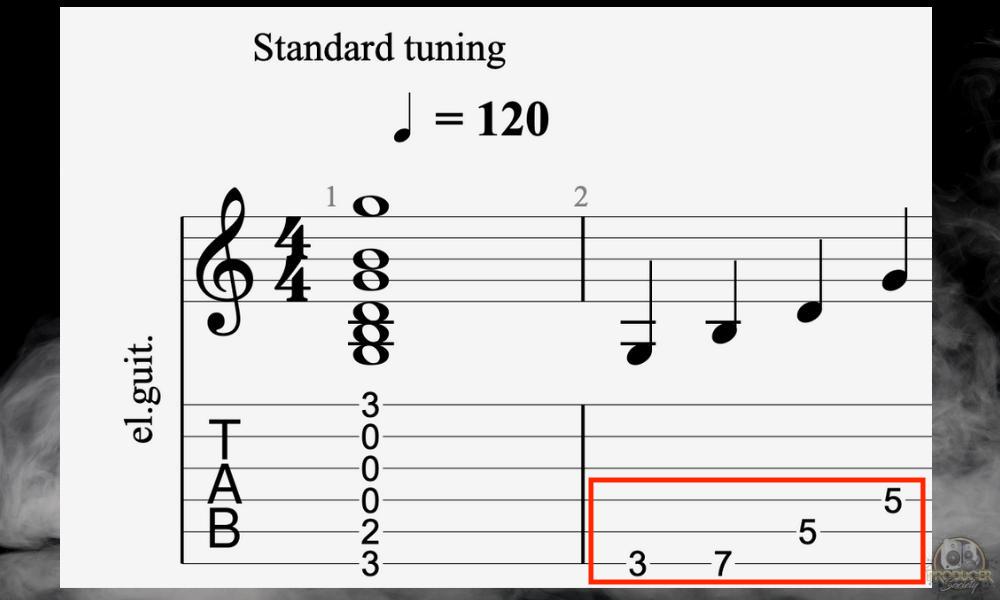
A chord tone is just another way of saying that a tone that’s within a chord. It’s a note that belongs to the chord. This is a useful concept for many reasons, including improvisation, songwriting, song structure, and the list goes on.
This is important to understand. When you know the chord tones of the chord you are playing, this can enhance your knowledge of the song and could lead to deeper harmonic possibilities. Take the following as an example:
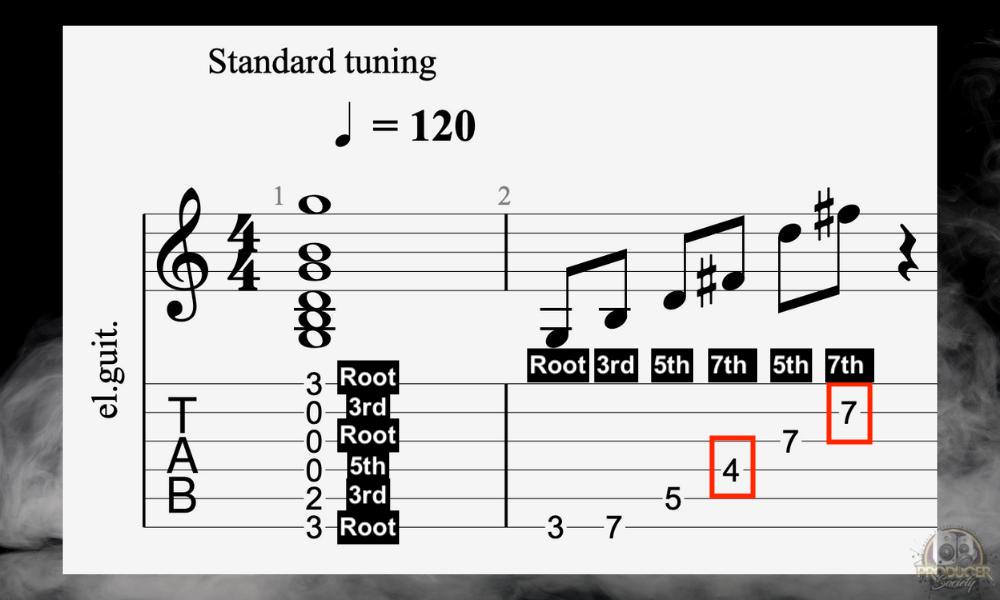
The root is the first scale degree of a key or the foundational note of a chord. A scale is built upon that root note and it moves up in scale degrees. First, second, thirds, fourths, fifths, sixths, and then sevenths.
Chords are built on the root, third, and fifth scale degrees. These are chord tones. And of course, you can add other chord tones like fourths and sevenths. For example, try playing the following chords:
C major – F major – A minor – C major
To enhance your F major chord, add an E note (the seventh scale degree) to make it a Fmaj7. This chord tone is common to both the C major and A minor chord so it will fit right in with the progression.
Additionally, you can also sing chord tones or solo chord tones. If a guitarist or a piano player is playing a C Major chord, playing the G over that would make it a C Major 7 sound.
You can also apply your knowledge of chord tones to improvise…which leads to my next point.
6) Increases Your Ability to Improvise
![Guthrie Govan - Why Is It Important To Learn Chords on Guitar [SIMPLE]](https://travelingguitarist.com/wp-content/uploads/2022/03/Guthrie-Govan-Why-Is-It-Important-To-Learn-Chords-on-Guitar-SIMPLE.jpg)
I like to think of improvising as “singing or playing a new melody on the spot.” But if you would like a technical term, you can check out what Merriam-Webster says.
When you understand the chord structure and chord tones of a song or phrase, your improvising skills will grow because you understand where the melody and harmony are moving.

Most of the time, the improv notes that are pleasing to the ear are “color tones” like the seventh scale degree or the flattened third chord tones we mentioned earlier.
These notes move in and out of progressions shaping and molding the song into endless possibilities. Part of the complication of music is the possibilities. It’s one thing to learn the theory, but applying it is even harder. And there is A LOT to practice and apply.
7) To Make Jamming With Other Musicians Easier
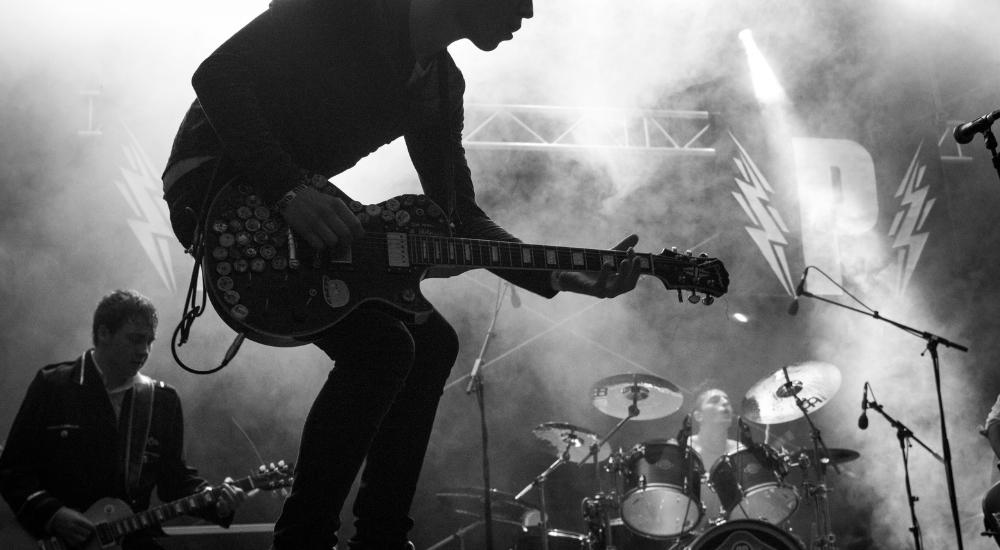
One thing that can make a jamming session way more fun and enjoyable is to understand what you’re doing in relation to the other musicians, or vice versa. For example, it’s incredibly useful to understand things like what the other players are actually playing.
If they can tell you exactly what chords they’re using and how they’re using them, and more importantly, you’re capable of understanding them, it’ll make things go much, much, smoother.
Additionally, having this knowledge makes you a valuable asset to other people. Because as I’ve said in other articles like in how to find the key of a song on guitar, most guitarists don’t know this stuff, unfortunately.
If you can support and build upon the work of others (without being rude, dominating, or condescending, of course) because of your basic theory knowledge, that is an incredible asset to bring to any jam session or songwriting session.
8) Increases Your Musical Communication Skills
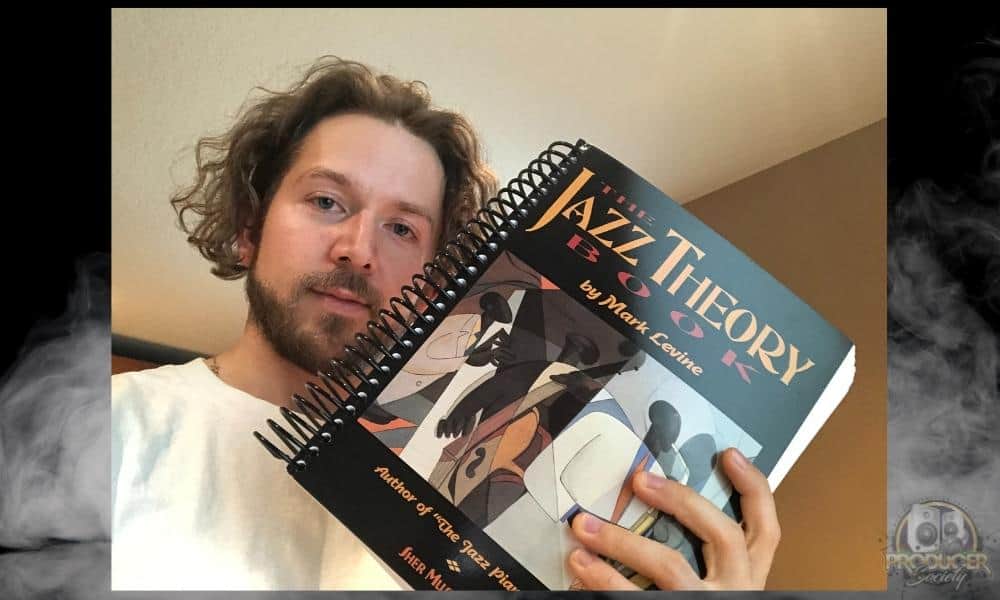
Have you ever tried to understand what it is about your favourite song that makes it great? Well, understanding how chords work can not only help you understand but also help you learn the song.
This understanding translates to not only learning songs but also playing gigs with other musicians, expressing to another musician chord structure in a songwriting section, and also being able to improvise your own chord changes during your next studio session or live gig.
9) A Great Way to Learn the Notes Of the Fretboard
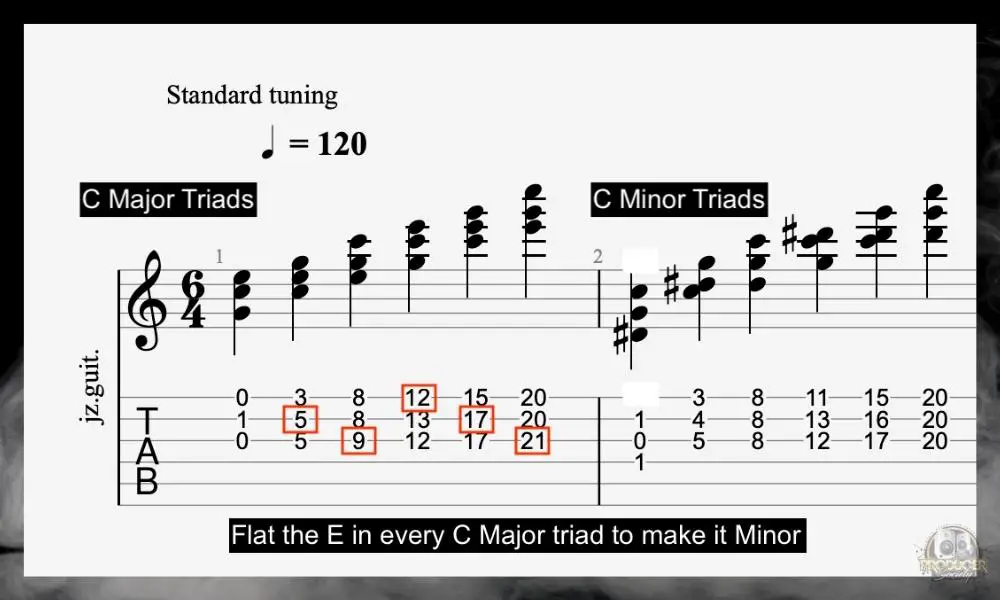
I remember when I started learning jazz guitar. My teacher sent me a document that looked like a nightmare to practice. It was a chord sheet to help me memorize the fretboard.
Learning the fretboard may seem boring and uninteresting, but I assure you that it is not a waste of your time. I especially recommend you learn triads which is something I talked about in my guide all about it.
Sitting down and plucking out each note of each chord for a designated time period can not only help you memorize the fretboard, but it will help you memorize the chord placement as well.
Try This Exercise
Pick a chord and play it in every possible place on the guitar. For example, start with a C major. Play the notes, C E G, together on three different strings in multiple places.
When you have tried all possible variations, move on to another chord. Do it in all six places like what’s shown in the image above.
10) To Learn Arpeggios (Notes of the Chord)
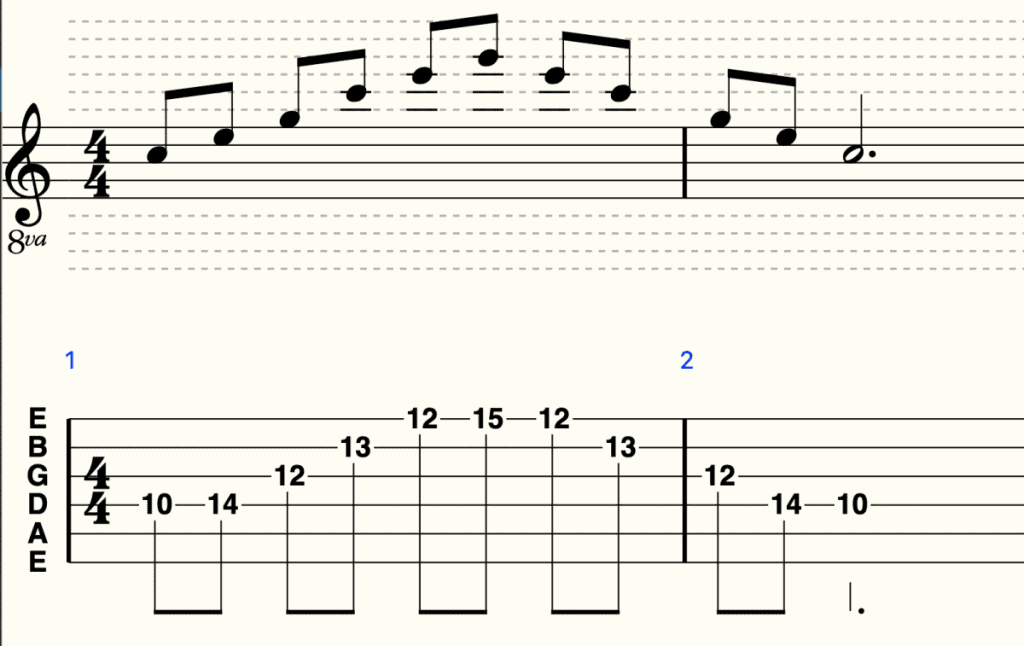
Arpeggios are the fundamental notes of a chord or type of scale played one after another. Many teachers give the definition of a “broken chord” and Fender does a deep dive on the word in this article on their website as well.
Arpeggios can expand your understanding of how a chord is laid out on the fretboard. They can also be great for improv and warmups to get the blood pumping in your fingers and your brain.
An arpeggio is really just when you play the notes of a chord as single notes, one after the other, rather than all at once. By learning a ton of chords, you open yourself up to arpeggios, and these are also tools in the musician’s toolbox.
For instance, they also help with memorizing the fretboard, improvisation, beating writer’s block, and figuring out where to take a melody next. All of this stuff is related, at the end of the day, either directly or indirectly. That brings me to my next point.
11) Increases Your Creative Possibilities
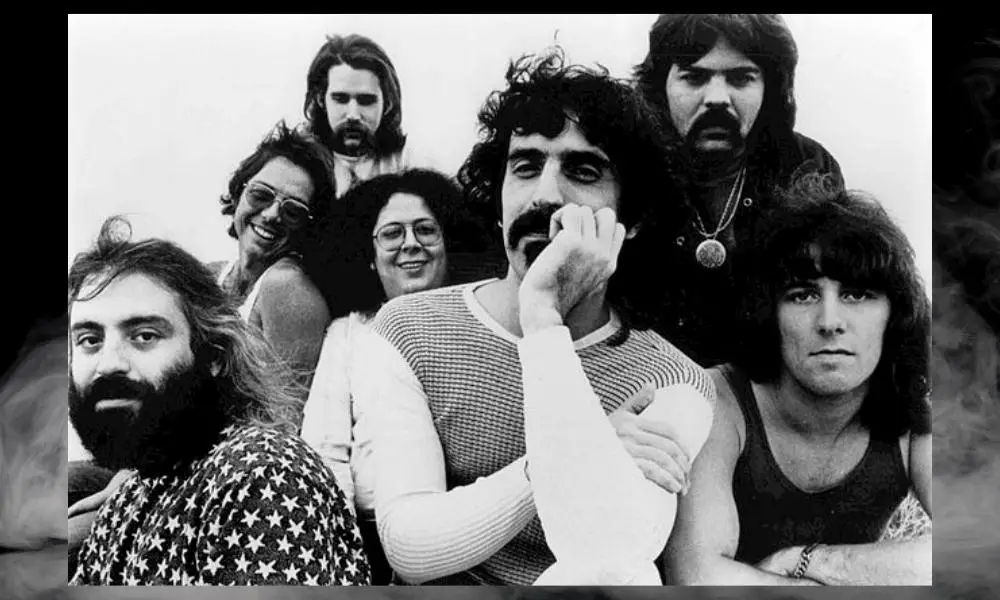
Everything you learn about and from chords opens the door to more possibilities. These new creative possibilities can include writing an entire piece of music or expanding your practice routine.
We all know how important practicing is. When you learn a new chord, there are always other notes you can add to enhance that chord. Throw that new chord you love into your practice routine to make it stick more naturally when you play your next gig.
12) Makes You More Flexible and Adaptable
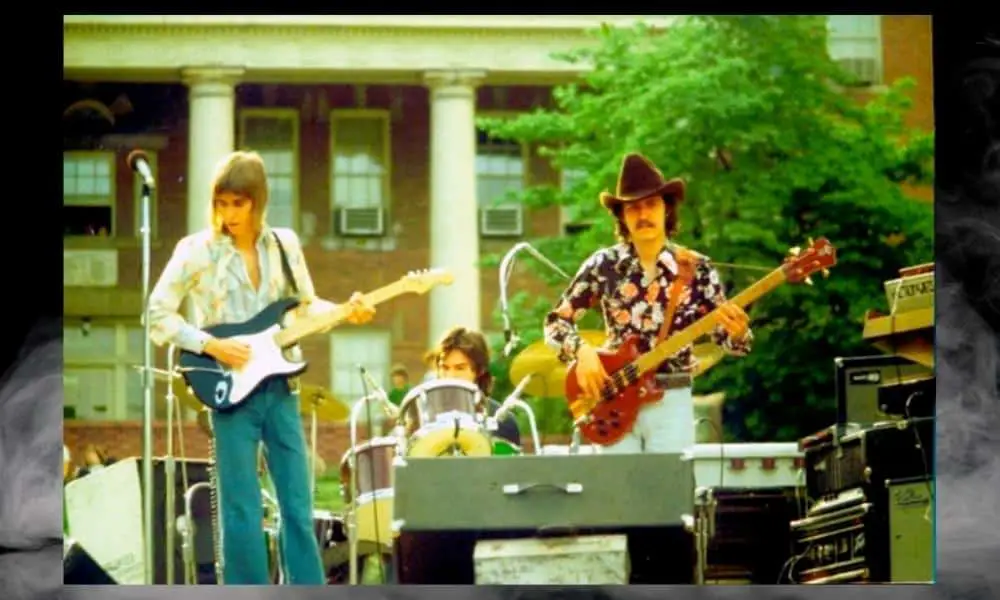
Understanding how chords work can make you adaptable and flexible to any scenario when gigging, practicing, or recording in a studio. Ultimately, people need a guitarist to be able to do more than one thing.
While knowing how to play Eric Johnson’s “Cliffs of Dover” is great, you can’t just play this over and over again when it comes time to hang out and jam with people. People will tire of it quickly.
Other Articles You May Be Interested In
- How To Memorize Guitar Triads In The Simplest Way Possible
- Why Triads Are Important To Learn on Guitar [ANSWERED]
- How to Strum Triads on Guitar (A Step-By-Step Guide)
- What Guitar Chords Are Sad? [With Examples & Explanation]
- What Are the Most Beautiful Guitar Chords? [ANSWERED]
Important Things to Note About Learning Guitar Chords
1) There’s More Than One Way to Learn
If I had to start all over again, I would just go straight to learning the triads all over the neck on the high E, B, and G strings. I probably wouldn’t waste my time with all of the alternate picking exercises and stuff that I did for years.
Triads aren’t really chords, although, they are. They’re just three-note chords, and learning these all over the neck will help you immensely, pretty much more than anything else a beginner could do, other than recording yourself while you play.


 Written By :
Written By :
